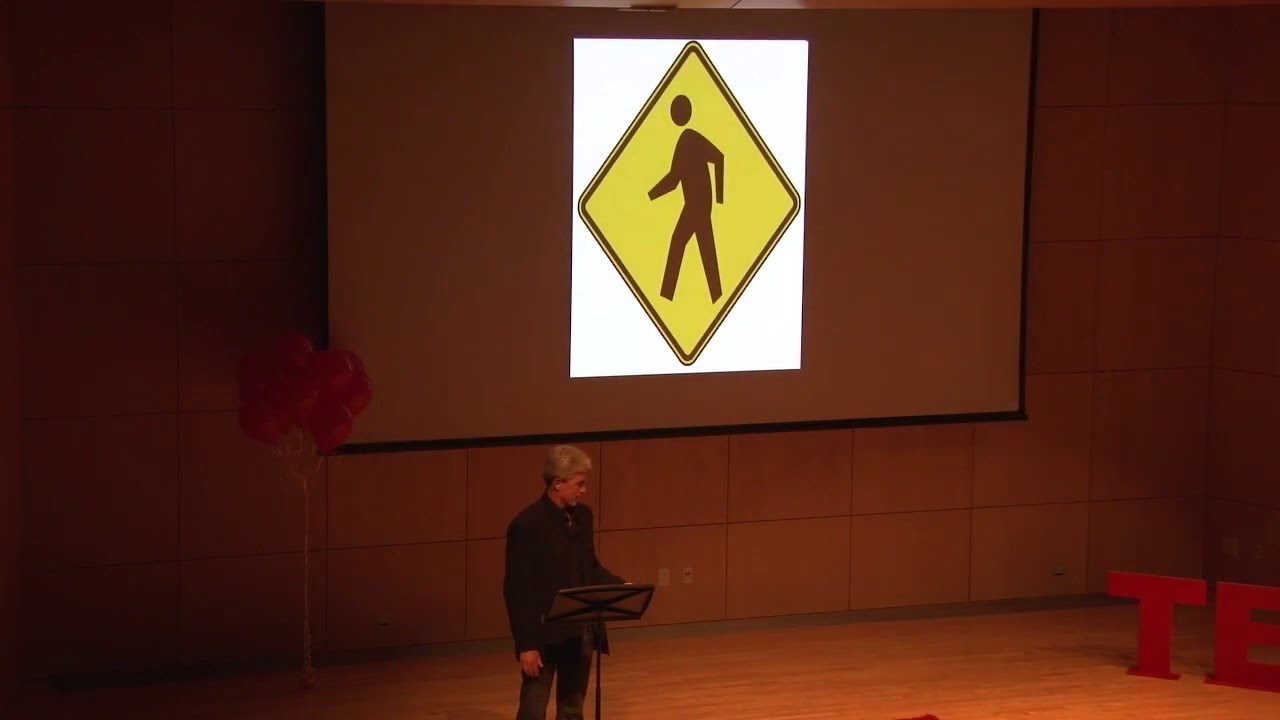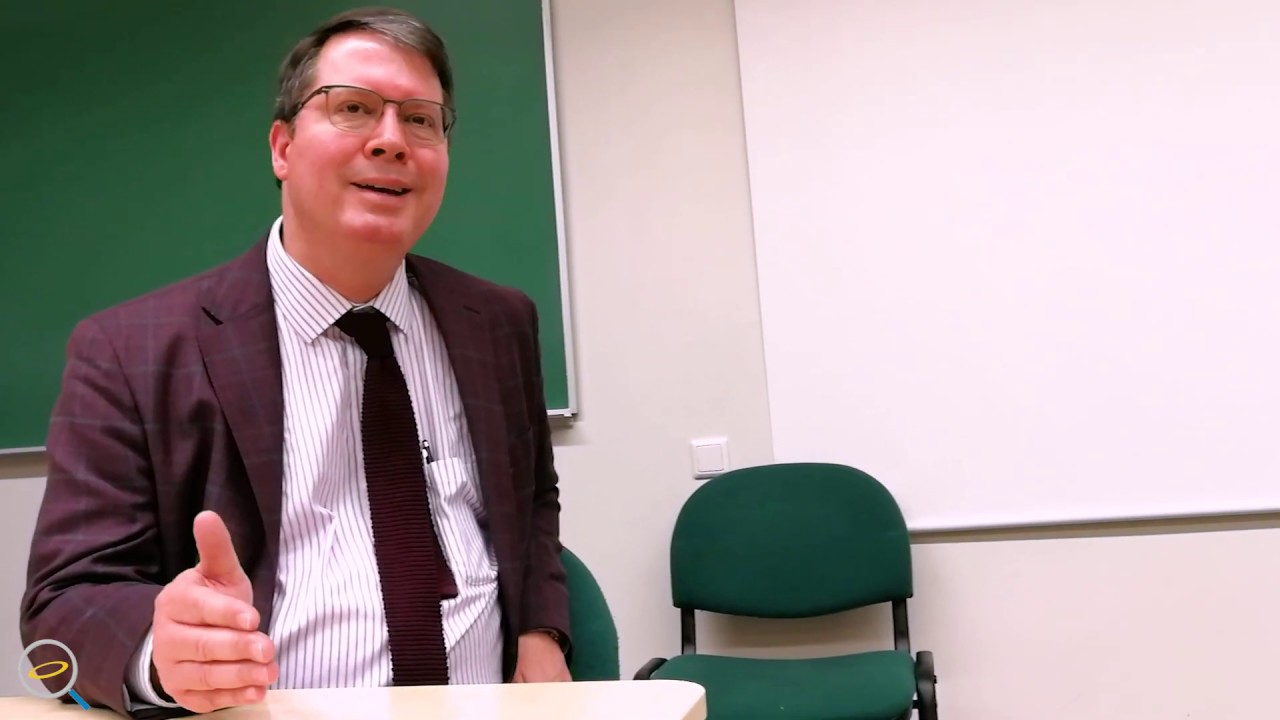TEDx Talks
This TEDX talk discusses the concept of semiotics, the study of signs, and then applies those concepts to a series of historical and contemporary images to illustrate the range of this interpretation through individual and cultural lenses, as well as examining the past, present, and future of signs like the swastika that are emblematic of changing attitudes and meaning and politics. The talk then moves more global in scope and discusses how maps and symbolic representations can affect attitudes about place and people, concentrating on a specific region, the Middle East, to discuss how signs and semiotics affect how the conflicts there are being interpreted, especially emphasizing how ISIS uses semiotics and the way in which the media and politicians are interpreting the group’s behavior and what those interpretations might mean for the future in that region and universally.
Dr. Michael Thomas Mills is Director of National Fellowships and Scholarships at SUNY Geneseo. Mills holds degrees in English, Literature and Curriculum Studies and spent 25 years at Georgia Southern University, the University of Northern Colorado, and the University of North Carolina Wilmington before moving to Geneseo in July 2015. His work in semiotics has been highlighted in a number of national media outlets, including National Public Radio’s program “The Academic Minute.”
This talk was given at a TEDx event using the TED conference format but independently organized by a local community. Learn more at http://ted.com/tedx




To anybody else with an interest in Semiotics, I got hung up on the idea that a sign can be "destroyed." Thoughts on that?
I personally can't see it in that light. I don't think the sign of the Buddhist statue, for example, was outright destroyed, but rather, that the new condition of the still-existing but altered sign has brought about new signification. It still carries some aspect of its old signification as a formerly intact Buddhist statue, and the new signification brought about by its destruction (its reduction to rubble), but somewhere between those two obvious significations lies the possibility for even more, subtle, interpretive significations that synthesize the two glaringly obvious ones that I addressed. Probably something to do with the conflict that caused the destruction in the first place.
Can a sign really be totally destroyed? Can meaning be uncreated once it is created?
wow isis sounds to me libe the new age usa
Not that great
Badddddddddddddddd, not good.
Nice examples but his delivery was poor…
Not great at all. But gave me couple of interesting ideas about my new video project. Destroying sign.
This was more a political/ideological presentation than it was about the science of Semiotics. Waste of time…
The swastiker is different from the ancient Chinese or Buddhist sign, they are opposite in their directions.
swastiker runs anti-clockwise, while the chinese sign is clockwise, which indicates change and endless cycle
This is horrible